
A heart attack, medically known as a myocardial infarction (MI), occurs when blood flow to the heart is blocked, usually due to a buildup of plaque in the coronary arteries. This blockage deprives the heart muscle of oxygen, causing damage or even death of heart tissue. Recognizing the symptoms early and taking immediate action can be life-saving.
Symptoms of a Heart Attack
Heart attack symptoms can vary from person to person, and some may experience mild symptoms, while others may have severe warning signs. Some of the most common symptoms include:
- Chest Pain or Discomfort – This is the most recognizable symptom of a heart attack. It may feel like pressure, squeezing, fullness, or pain in the center or left side of the chest. The pain may last for a few minutes or come and go.
- Pain in Other Areas of the Body – The discomfort may extend beyond the chest to the shoulders, arms (especially the left arm), neck, jaw, back, or stomach.
- Shortness of Breath – Difficulty breathing or a sensation of tightness in the chest, even without exertion, can be an early warning sign.
- Nausea, Indigestion, or Heartburn – Some people, especially women, may experience stomach discomfort, nausea, or even vomiting.
- Cold Sweat – Sudden sweating without exertion, often described as clammy skin, can indicate a heart attack.
- Dizziness or Lightheadedness – Feeling faint or unsteady can be a symptom of a heart attack, particularly if accompanied by chest discomfort.
- Extreme Fatigue – Unusual and excessive tiredness, especially in women, can be an early warning sign of a heart attack days or weeks in advance.
Some people may experience a “silent” heart attack, where symptoms are minimal or mistaken for other conditions like anxiety, acid reflux, or muscle pain. This is more common in diabetics and older adults.
Immediate Remedies and First Aid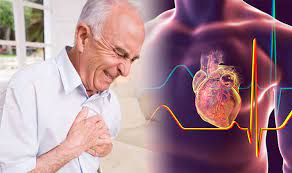
If you suspect a heart attack, act immediately to improve survival chances and reduce heart damage. Here are the necessary steps:
- Call Emergency Services (911 or Local Emergency Number) – Do not delay. The sooner medical treatment is received, the better the chances of survival.
- Chew Aspirin (if not allergic) – A 325 mg aspirin helps thin the blood and improve blood flow to the heart. Chew it rather than swallowing for faster absorption.
- Stay Calm and Rest – Avoid any physical exertion. Sit or lie down in a comfortable position to minimize strain on the heart.
- Administer Nitroglycerin (if prescribed) – If the person has been prescribed nitroglycerin for heart conditions, they should take it as directed while waiting for medical help.
- CPR if Necessary – If the person is unconscious and unresponsive, perform CPR (Cardiopulmonary Resuscitation) by pressing hard and fast on the chest (about 100–120 compressions per minute). Use an AED (Automated External Defibrillator) if available.
Long-Term Remedies and Prevention
After surviving a heart attack, lifestyle changes and medications are crucial to prevent another occurrence. Here are some key preventive measures:
- Healthy Diet – Eat a heart-friendly diet rich in fruits, vegetables, whole grains, lean proteins, and healthy fats (like those found in nuts and olive oil). Avoid trans fats, excessive sugar, and sodium.
- Regular Exercise – Engage in moderate exercise (such as walking, swimming, or cycling) for at least 30 minutes a day, five days a week.
- Manage Stress – Practice relaxation techniques like deep breathing, meditation, or yoga to reduce stress, which is a major risk factor for heart disease.
- Control Blood Pressure, Cholesterol, and Diabetes – Regularly monitor and manage these conditions with medication and lifestyle changes.
- Quit Smoking and Limit Alcohol – Smoking increases heart attack risk, while excessive alcohol can lead to high blood pressure and heart disease.
- Maintain a Healthy Weight – Obesity is a significant risk factor for heart attacks. Losing excess weight can improve heart health.
- Take Prescribed Medications – If a doctor prescribes medications like blood thinners, beta-blockers, or statins, take them as directed to prevent further heart complications.
Symptoms of Heart Problems:
Recognizing the symptoms of heart problems early can help prevent serious complications like heart attacks, heart failure, and stroke. Common warning signs include chest pain or discomfort, often described as pressure, tightness, or burning, which may indicate coronary artery disease. Shortness of breath, especially during minimal activity or while lying down, can signal heart failure. Fatigue and weakness may occur due to poor circulation and reduced oxygen supply to the body. Irregular heartbeats (arrhythmia), such as palpitations, fluttering, or a racing heart, can be a sign of electrical disturbances in the heart. Dizziness or fainting may result from reduced blood flow to the brain. Swelling in the legs, ankles, and feet often occurs due to fluid retention caused by heart failure. Pain in the arms, jaw, neck, or back, particularly in women, can sometimes indicate a heart attack. Cold sweats, nausea, and lightheadedness are additional symptoms that should not be ignored. If you experience any of these signs persistently, seek medical attention immediately. Maintaining a heart-healthy lifestyle, including a balanced diet, regular exercise, stress management, and routine check-ups, is crucial for preventing and managing heart diseases effectively.
Certain foods can be harmful to heart health, increasing the risk of heart disease, high blood pressure, and cholesterol buildup. Processed and fast foods high in trans fats and saturated fats, such as fried foods, packaged snacks, and commercially baked goods, can raise bad cholesterol (LDL) and lower good cholesterol (HDL), leading to artery blockages. Excessive salt intake, found in processed meats, canned soups, and fast food, can contribute to high blood pressure, putting strain on the heart. Sugary foods and beverages, including sodas, candies, and pastries, lead to weight gain, insulin resistance, and an increased risk of diabetes, which in turn heightens heart disease risk. Red and processed meats like bacon, sausages, and hot dogs contain high levels of saturated fats and preservatives that can contribute to heart disease. Highly refined carbohydrates, such as white bread, white rice, and pasta, cause blood sugar spikes and increase fat storage, negatively impacting heart health. Additionally, excessive alcohol consumption can raise blood pressure and contribute to obesity, further straining the heart. To promote heart health, it’s essential to limit these harmful foods and opt for a balanced diet rich in whole grains, lean proteins, healthy fats, fruits, and vegetables.
Symptoms of Heart Blockage: 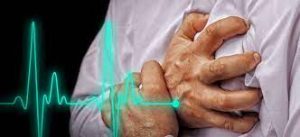
Heart blockage, also known as coronary artery disease (CAD) or arterial blockage, occurs when the arteries supplying blood to the heart become narrowed or blocked due to plaque buildup, reducing oxygen and nutrient flow. Symptoms vary depending on the severity of the blockage but often include chest pain or angina, which feels like pressure, squeezing, or discomfort in the chest, especially during physical exertion or stress. Shortness of breath may occur when the heart struggles to pump enough blood, even with minimal activity. Fatigue and dizziness are common, as reduced blood flow limits oxygen supply to the body. Some individuals experience pain or discomfort in the arms, neck, jaw, shoulders, or back, often mistaken for muscle strain. Heart palpitations or irregular heartbeats can also indicate a blockage affecting normal heart rhythms. In severe cases, a heart attack may occur if blood flow is completely obstructed, leading to symptoms like intense chest pain, nausea, cold sweats, and sudden weakness. Some people, particularly diabetics, may have a silent heart blockage with mild or no symptoms until a major cardiac event occurs. Early detection through medical tests and lifestyle changes, such as a heart-healthy diet, exercise, and medication, can help manage and prevent complications.
Food List for Heart Patients :
A heart-healthy diet plays a crucial role in preventing and managing heart disease. Heart patients should focus on nutrient-rich foods that support cardiovascular health and reduce cholesterol, blood pressure, and inflammation. Leafy greens like spinach, kale, and Swiss chard are packed with antioxidants and nitrates that improve blood flow. Fatty fish such as salmon, mackerel, and tuna provide omega-3 fatty acids, which help lower triglycerides and reduce heart disease risk. Whole grains like oats, brown rice, and quinoa are high in fiber, which helps regulate cholesterol and maintain healthy blood pressure. Nuts and seeds (almonds, walnuts, flaxseeds, and chia seeds) contain healthy fats and magnesium, which support heart function. Legumes such as lentils, chickpeas, and beans are excellent plant-based protein sources that promote heart health. Berries like blueberries, strawberries, and raspberries are rich in antioxidants that reduce inflammation and improve artery function. Olive oil and avocados provide heart-friendly monounsaturated fats that support good cholesterol levels. Additionally, dark chocolate (with at least 70% cocoa), garlic, and green tea have heart-protective properties. Avoiding processed foods, excessive salt, and unhealthy fats while incorporating these superfoods into your diet can significantly improve heart health and overall well-being.
How to Remove Heart Blockage:
Removing heart blockage naturally and medically is essential for maintaining heart health and preventing serious conditions like heart attacks and strokes. Lifestyle changes, dietary improvements, and medical interventions can help clear clogged arteries and improve blood flow. A heart-healthy diet rich in fiber, antioxidants, and healthy fats—such as leafy greens, berries, nuts, fatty fish, whole grains, and olive oil—can reduce plaque buildup. Regular exercise, including walking, jogging, and strength training, helps improve circulation and strengthen the heart. Managing stress through meditation, yoga, and deep breathing reduces the risk of arterial damage. Quitting smoking and limiting alcohol significantly lower the chances of heart disease progression. In severe cases, medical treatments such as angioplasty, stents, or bypass surgery may be required to restore proper blood flow. Doctors may also prescribe cholesterol-lowering medications, blood thinners, or blood pressure drugs to prevent further blockage. Regular health check-ups and heart screenings help detect early signs of arterial blockages, allowing for timely intervention. By combining a healthy lifestyle with medical guidance, heart blockage can be managed effectively, reducing the risk of heart attacks and improving overall cardiovascular health.
What is a Normal Heart Beat
A normal heart beat is essential for maintaining overall heart health and proper blood circulation. The average resting heart rate for a healthy adult ranges between 60 to 100 beats per minute (BPM). However, athletes and physically active individuals may have a lower resting heart rate, typically around 40 to 60 BPM, due to better cardiovascular efficiency. Factors such as age, fitness level, stress, medications, and overall health can influence heart rate. A heart rate above 100 BPM (tachycardia) may indicate stress, dehydration, or underlying heart conditions, while a rate below 60 BPM (bradycardia) could suggest heart rhythm disorders or high fitness levels. To maintain a healthy heart rate, it is important to exercise regularly, manage stress, stay hydrated, and maintain a balanced diet. Monitoring heart rate during physical activity is also crucial; a safe target heart rate during exercise is typically 50-85% of your maximum heart rate, which can be calculated as 220 minus your age. If you experience persistent heart rate irregularities, dizziness, chest pain, or shortness of breath, seek medical attention immediately. Regular check-ups and a heart-healthy lifestyle can help keep your heart rate within a normal range and reduce the risk of cardiovascular diseases.



 DailyMediCure
DailyMediCure 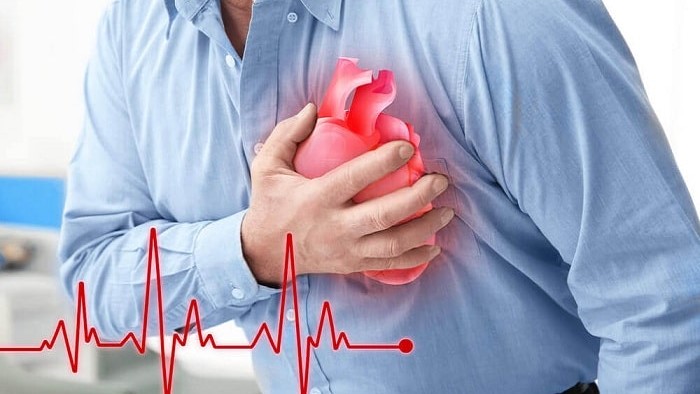



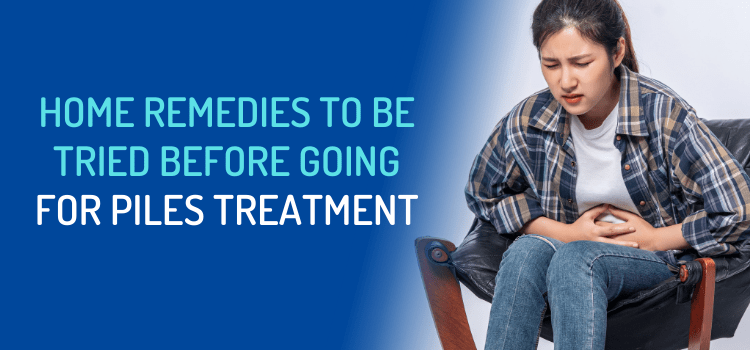





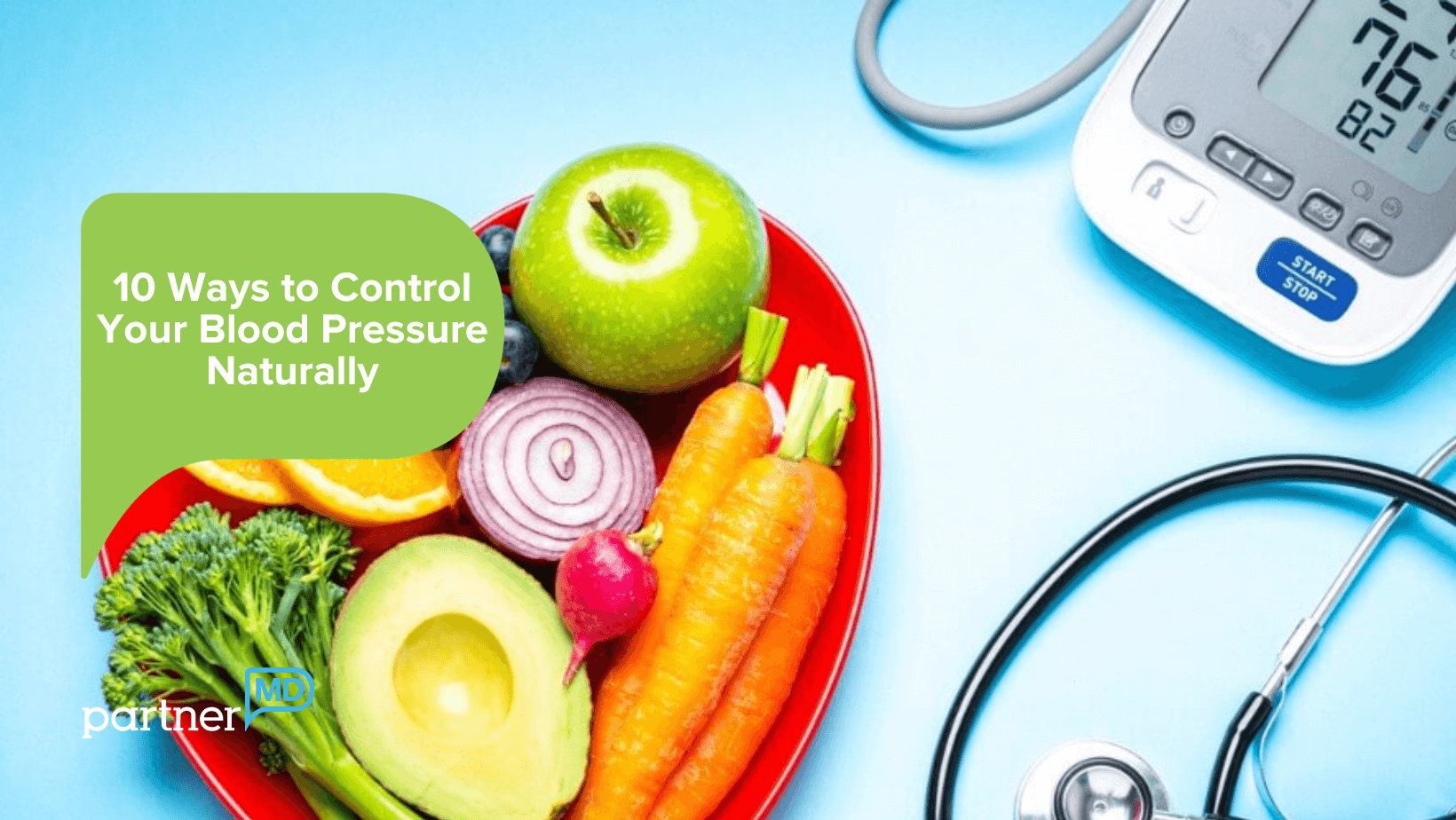
e4p6ki